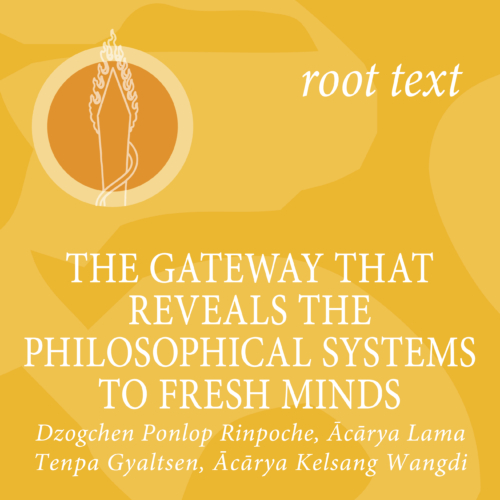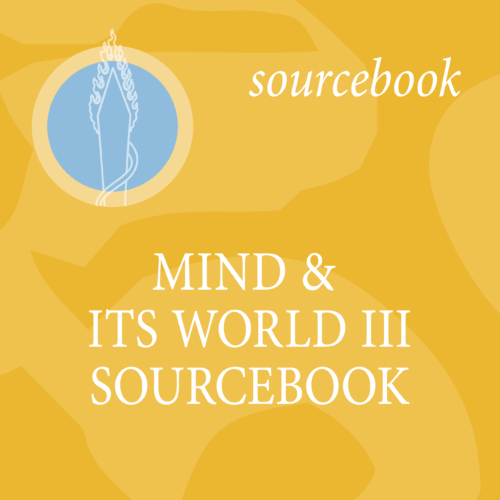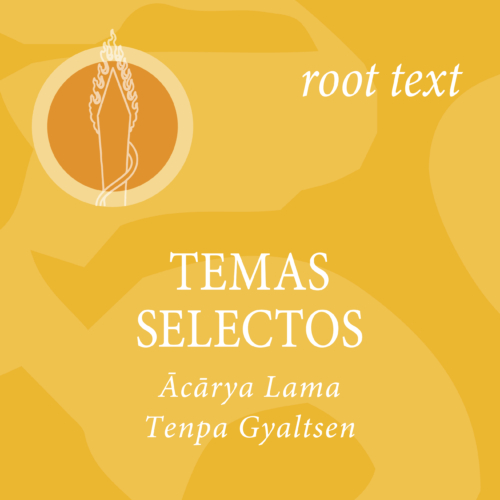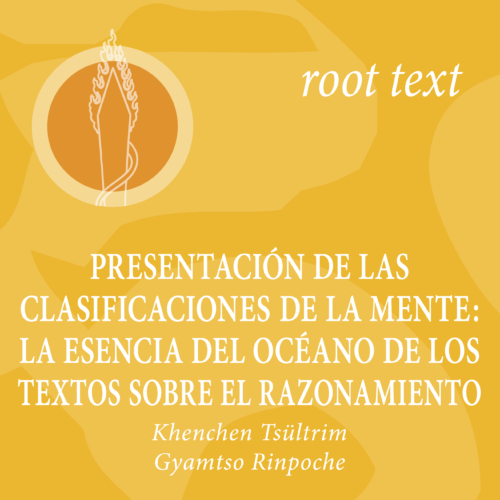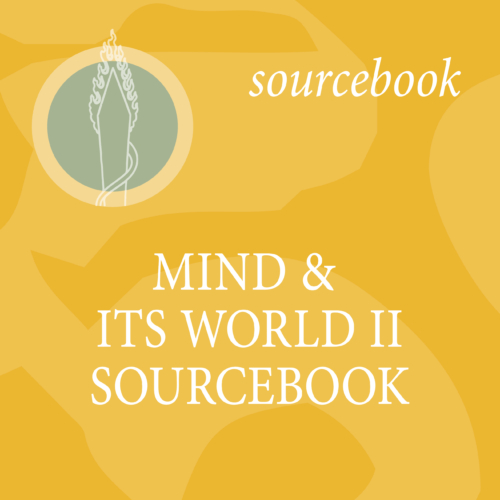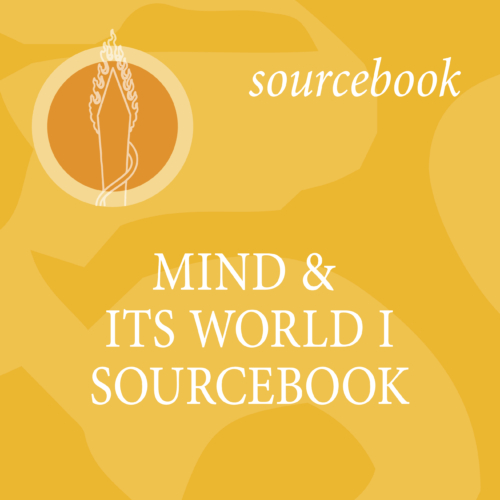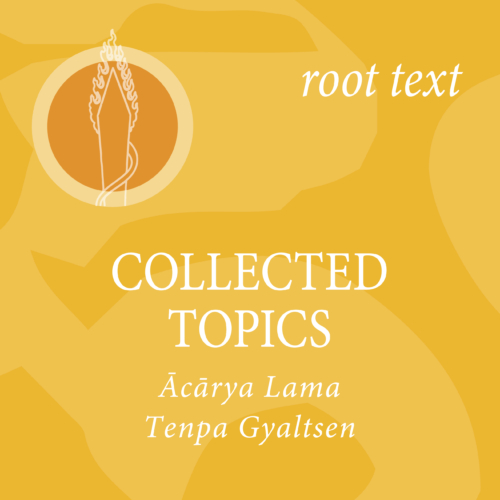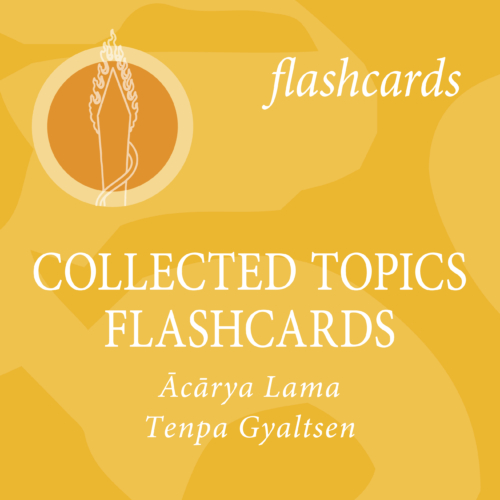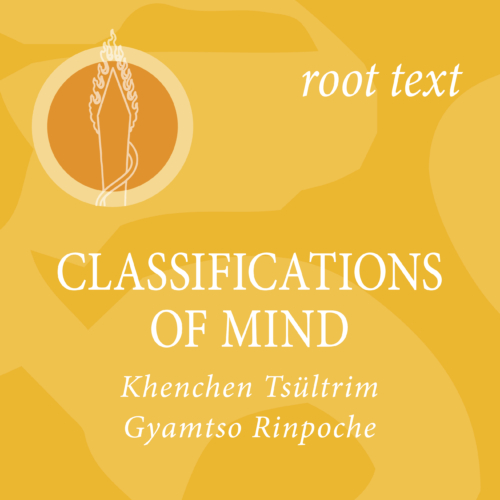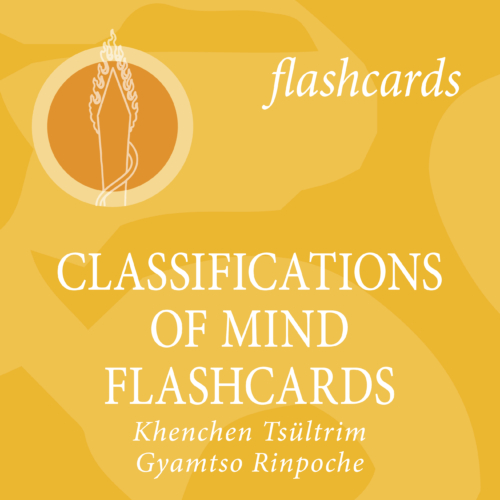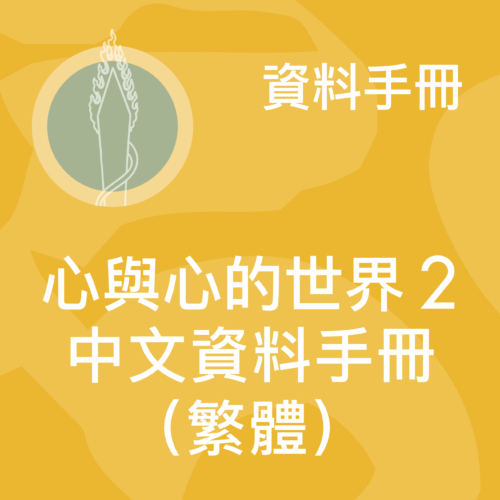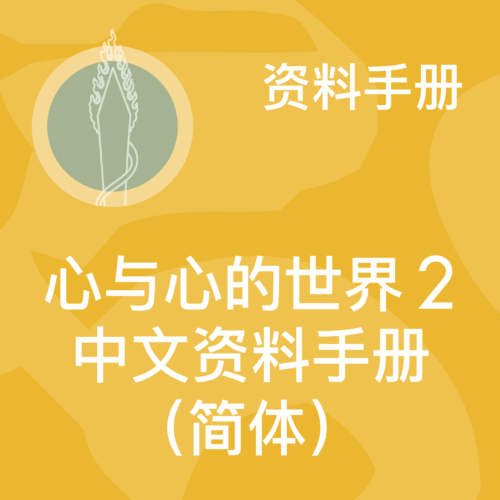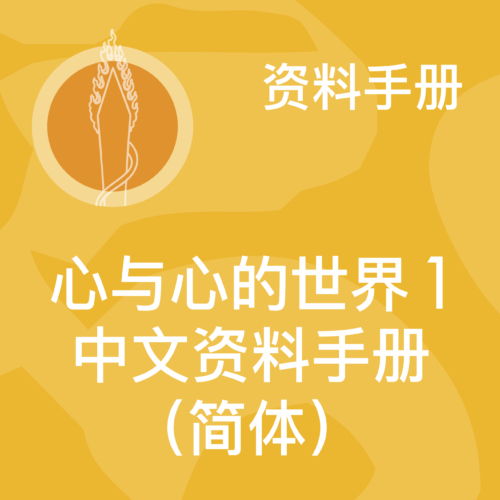This version is for Self-Paced Online Course (SPOC) only. The UPDATED version for non Self-Paced Online Course will be available in the Fall 2023.
Mind and Its World III first concludes the investigation into causes and results as presented in
Collected Topics. It then turns to the analysis of the ways in which mind cognizes phenomena, particularly the ways in which conceptuality functions, by investigating the modes of engagement from
Classifications of Mind and the methods that lead to cognition from
Collected Topics. Selected readings, analytical meditations, study questions, and review summaries are included in the sourcebook.
Also available as an eBook for
Apple or
Android devices.
